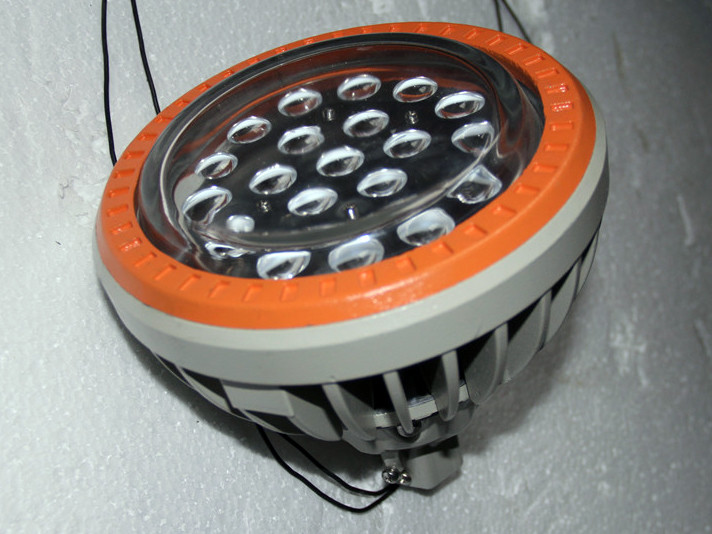For the average consumer, discerning the quality of LED explosion-proof lights can be done through simple, preliminary methods by examining three aspects: appearance, temperature, and sound.

Appearance:
The exterior should be free of cracks or looseness, with no signs of prying between joints. During installation or removal, the lamp head should remain firm and straight. The plastic casing of the lamp must be made of flame-retardant engineering plastic. High-quality materials have a surface texture similar to frosted glass, whereas ordinary plastics are smoother and glossier but prone to deformation and flammability, making them unsuitable for lamp production.
Temperature:
Normally, LED lights should operate at relatively low temperatures. Poor heat dissipation can cause the beads to operate at high temperatures, leading to overheating, significant light decay, and substantially reduced lifespan. Additionally, if the bulb flickers rapidly when switched on or off, this indicates a quality issue.
Sound:
Listen to the sound of the LED light when it’s operating. EMC (Electromagnetic Compatibility) is a mandatory test for electrical products, but it’s complex. When purchasing, check if the packaging indicates the product has passed national EMC tests. Another simple experiment is to bring an AM/FM radio near the working LED light; the less noise the radio picks up, the better the bulb’s EMC performance. In a quiet environment, if you can hear the bulb operating, it likely indicates poor quality.
Lastly, consumers are reminded to purchase lights from reputable stores and brands. Don’t forget to request invoices, warranties, or receipts and keep them safe for future reference in case of quality disputes.
 Shenhai Explosion-Proof
Shenhai Explosion-Proof
